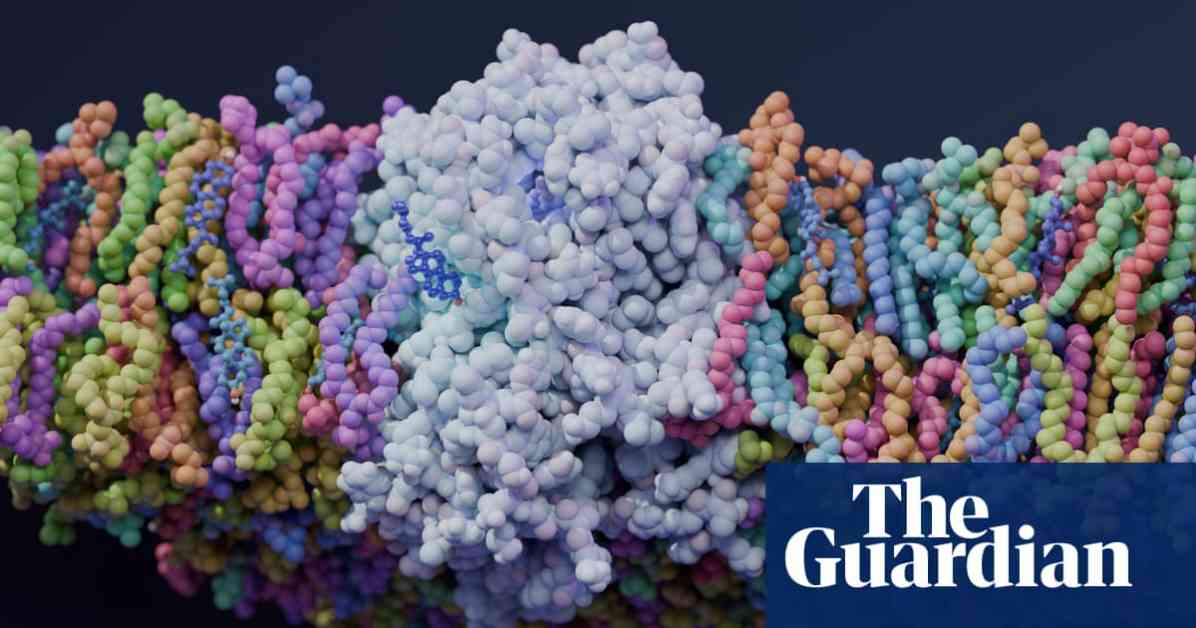Nanophotography is a fascinating field that allows us to explore the intricate world of the very small through stunning images. These images capture the beauty and complexity of objects at the nanoscale, revealing details that are not visible to the naked eye.
One such image shows a gold film under a scanning electron microscope, displaying exotic physicochemical properties. Another image captures dendrites generated on a zinc surface, with a seaside-themed flourish added by the researchers. A microcomputed tomography image of an Asian gecko inside a 7mm egg showcases the incredible detail that can be captured through nanophotography.
Nanoleaves, with their unique properties such as high surface area and structural benefits, can enhance the performance of electrode materials in fuel cells and zinc-air batteries. A confocal image of metastatic melanoma clusters provides a deeper look at the structure of these cancer cells. Networks of human embryonic stem cells resemble the intricate structure of a spider’s web, with thin extensions reaching out and connecting to other cells.
Putting a Jacaranda flower inside a big X-ray reveals a unique perspective on this common sight. A cerebral snapshot of a synthetically grown brain organoid showcases the intricate connections of the developing human brain. A secondary electron image of carbon fibers with surface growth of carbon nanowires provides insight into the structure of these materials.
Nanocellulose crystals gel derived from trees reflect a spectrum of colors under cross-polarized light, demonstrating the power of optical spectroscopy. A leukodystrophy spinal cord organoid image shows the effects on axon structure and the response of microglia. A render of data from real molecular dynamics simulations reveals the binding of a cholesterol molecule to the human glycine transporter 2 inside a mixture of phospholipids and sterols.
These stunning images offer a glimpse into the intricate world of nanophotography, showcasing the beauty and complexity of objects at the nanoscale. By capturing these images, researchers are able to study and understand the properties and behaviors of materials at the nanoscale, leading to advancements in various fields such as medicine, materials science, and renewable energy.


